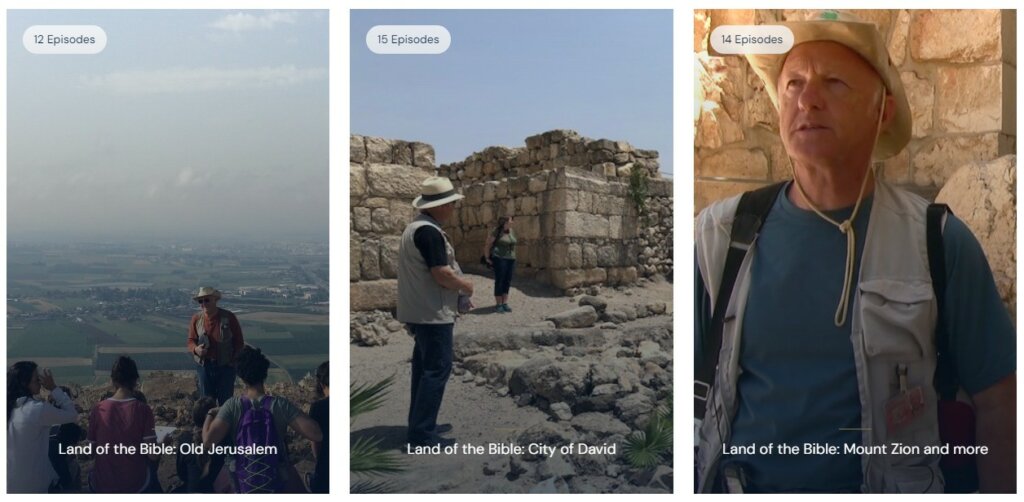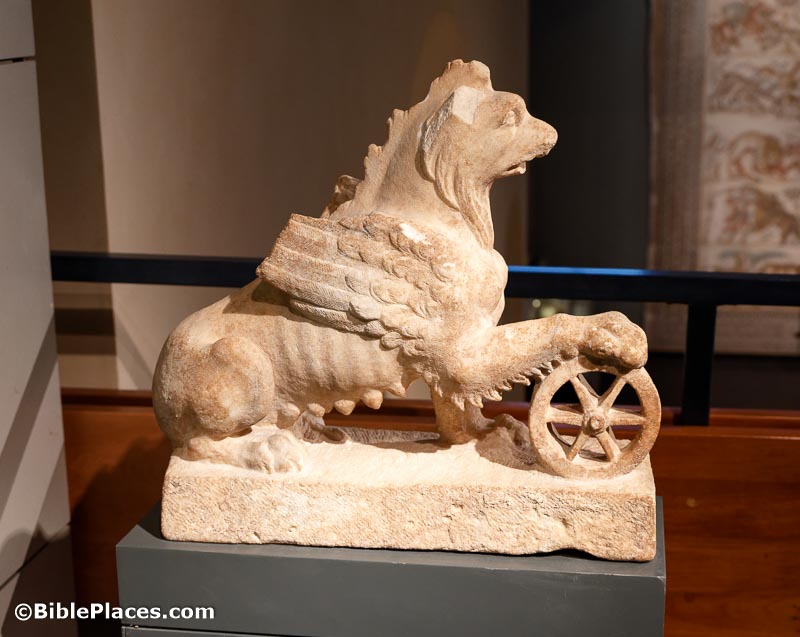My longtime colleague William Varner has traveled to Israel more than 50 times, and a few years ago he worked with a team to film a complete tour. The resulting video series has been used with great effect in several courses at The Master’s University, and now TMU’s Center for Thinking Biblically has made the entire series available for free—no tuition required!

Here is a quick index of the eight sections, with notes to help you navigate to specific episodes.
Old Jerusalem (12 episodes, including the topography of Jerusalem, Church of the Holy Sepulcher, Christ Church, and the Tower of David Museum)
City of David (15 episodes, including Hezekiah’s Tunnel, Pool of Siloam, Davidson Museum, Kidron Valley tombs, and Southern Steps)
Temple Mount and more (19 episodes, including Mount of Olives, Jerusalem model, the Shrine of the Book, Western Wall Tunnel, Bethlehem, Herodium, and four episodes on Hebron)
Mount Zion and more (14 episodes, including Burnt House, Temple Institute, Via Dolorosa, Pools of Bethesda, Schindler’s Grave, and Garden Tomb)
Benjamin and Jericho (12 episodes, including Michmash, Wadi Qelt, High Place of Gibeon, and the Mount of Temptation)
Negev and more (22 episodes, including Gezer, Azekah, Lachish, Beersheba, Arad, Tabernacle Model, Masada, and Qumran)
Nazareth and more (17 episodes, including Caesarea, Mount Carmel, Megiddo, Jezreel, Mount Tabor, and Sepphoris)
Galilee and more (21 episodes, including Capernaum, Gamla, Caesarea Philippi, Dan, Beth Shean, Ai, Shiloh, and Mount Gerizim)
